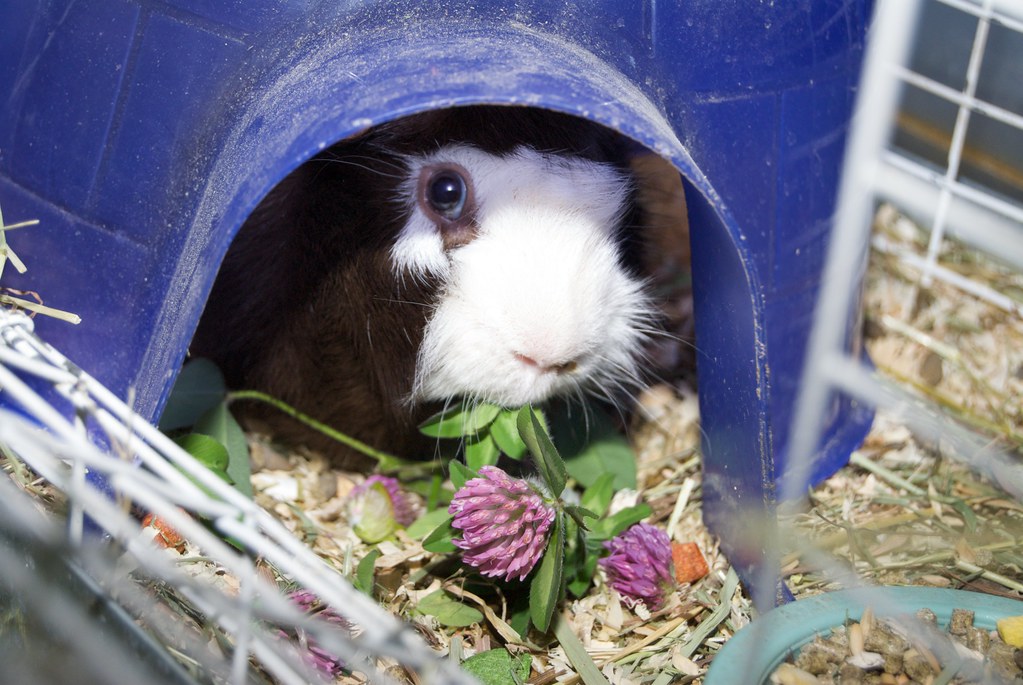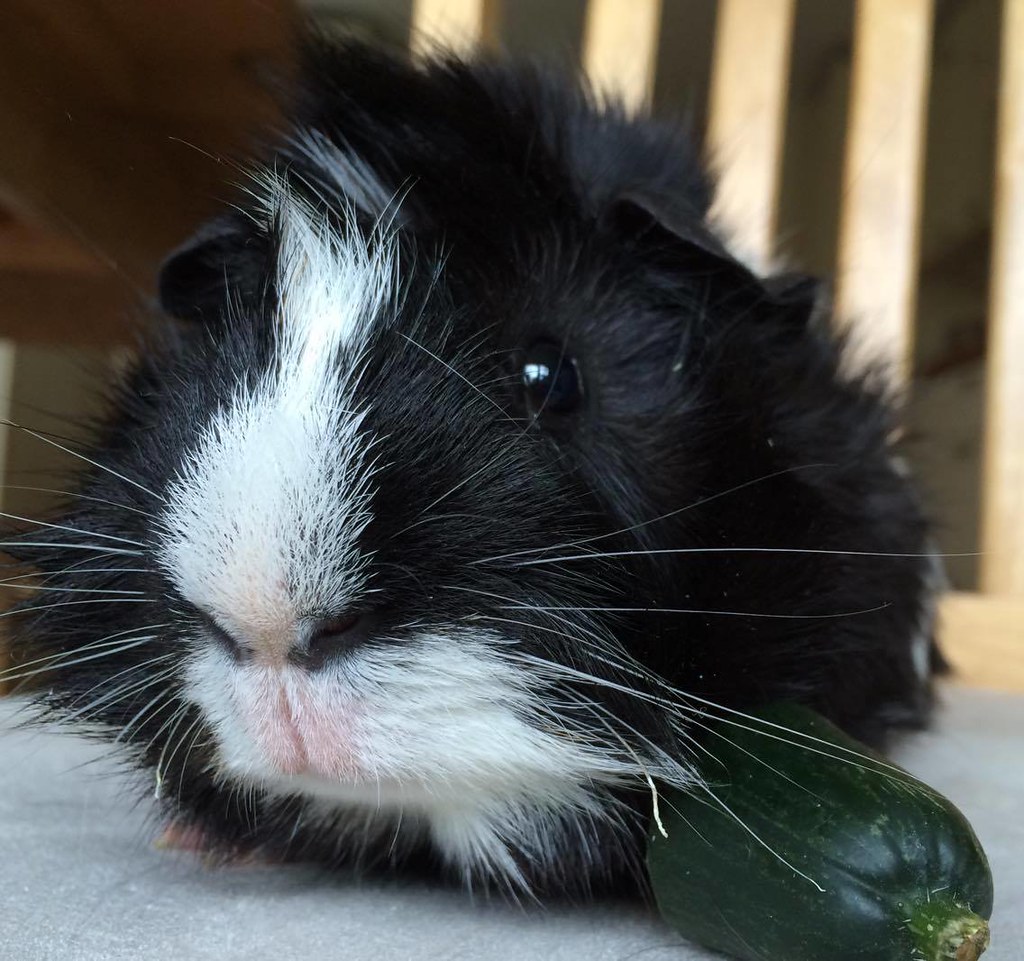Welcome to the fascinating world of guinea pigs! If you’ve ever wondered, “Where do guinea pigs live in the wild?” you’re in for an enlightening journey. These charming creatures have a natural habitat that holds secrets to their behaviors and characteristics. Let’s delve into the untamed realms that guinea pigs call home.
Guinea pigs, scientifically known as Cavia porcellus, are not native to Guinea nor are they pigs. They hail from the South American Andes, where their ancestors roamed free in diverse landscapes. To truly understand these adorable companions, it’s crucial to explore the environments that shaped their instincts and survival strategies.
The Andean Highlands: A Wild Haven for Guinea Pigs

The heart of guinea pig origins lies in the Andean highlands of South America. Picture vast expanses of greenery, rolling hills, and the crisp mountain air – this is where guinea pigs thrive in the wild. These high-altitude regions, characterized by moderate temperatures and abundant vegetation, offer a haven for these small, social rodents.
In the wild, guinea pigs inhabit grassy areas, often near water sources, where they can forage for their preferred diet of grasses, herbs, and other vegetation. These creatures are adept at utilizing their surroundings, demonstrating an impressive ability to adapt to various terrains within the Andean landscape.
Navigating the Challenges of the Wild
Life in the wild comes with its own set of challenges. Guinea pigs, despite their seemingly docile nature, have evolved remarkable survival instincts. They utilize their keen senses, such as sharp hearing and a strong sense of smell, to detect predators. Burrows and hiding spots are essential components of their natural habitat, providing shelter from potential threats.
Guinea pigs also exhibit a social structure in the wild, living in groups called herds. The dynamics within these herds contribute to their collective safety and well-being. Understanding these social intricacies sheds light on the cooperative nature of guinea pigs and their ability to thrive in communal settings.
Domestication and the Connection to Wild Roots
As we revel in the charm of guinea pigs as domestic companions, it’s crucial to recognize the profound impact of their wild origins. Despite the cozy confines of our homes, guinea pigs retain many of their natural behaviors. From their love of grazing on fresh greens to their preference for companionship, these traits reflect the deep-seated instincts developed over generations in the Andean highlands.
Understanding the wild roots of guinea pigs enhances our appreciation for these delightful pets. It prompts us to create enriched environments that cater to their innate needs, ensuring a happy and fulfilling life for our furry friends.
Conservation Considerations: Protecting Guinea Pig Habitats
In a world facing environmental challenges, it’s imperative to address the conservation of guinea pig habitats. Human activities, deforestation, and habitat degradation impact the natural spaces where guinea pigs thrive. Exploring initiatives for the preservation of these areas becomes an integral part of responsible pet ownership and a commitment to the well-being of these endearing creatures.
Conclusion
In the quest to unravel the mystery of where guinea pigs live in the wild, we’ve embarked on a journey through the Andean highlands, exploring the landscapes that shaped their existence. From the challenges of the wild to the endearing social structures, guinea pigs continue to captivate us with their remarkable history and behaviors.
As we cherish these delightful companions in our homes, let’s remember the importance of honoring their wild roots. By understanding and respecting the natural habitats of guinea pigs, we pave the way for a harmonious coexistence between these charming creatures and the environments that define their essence.
FAQs about Guinea Pig Habitats
Q1: Can guinea pigs survive in the wild?
Yes, guinea pigs are adapted to survive in the wild. Their natural instincts, keen senses, and social structures contribute to their ability to navigate and thrive in their native environments.
Q2: How has domestication impacted guinea pig behavior?
Domestication has influenced certain aspects of guinea pig behavior, but many of their natural instincts remain intact. They still exhibit social behaviors, grazing tendencies, and the need for companionship.
Q3: Are guinea pigs endangered in the wild?
While domestic guinea pigs are not endangered, certain species in the wild may face threats due to habitat loss and environmental changes. Conservation efforts are crucial to protecting their natural habitats.
Q4: Do guinea pigs need a specific type of habitat in captivity?
Guinea pigs benefit from a spacious and enriched habitat in captivity. Providing a setup that mimics their natural environment, including hiding spots and opportunities for social interaction, contributes to their well-being.
Q5: How can I contribute to guinea pig habitat conservation?
Supporting organizations involved in wildlife conservation, practicing responsible pet ownership, and raising awareness about the importance of preserving natural habitats are effective ways to contribute to guinea pig habitat conservation.

